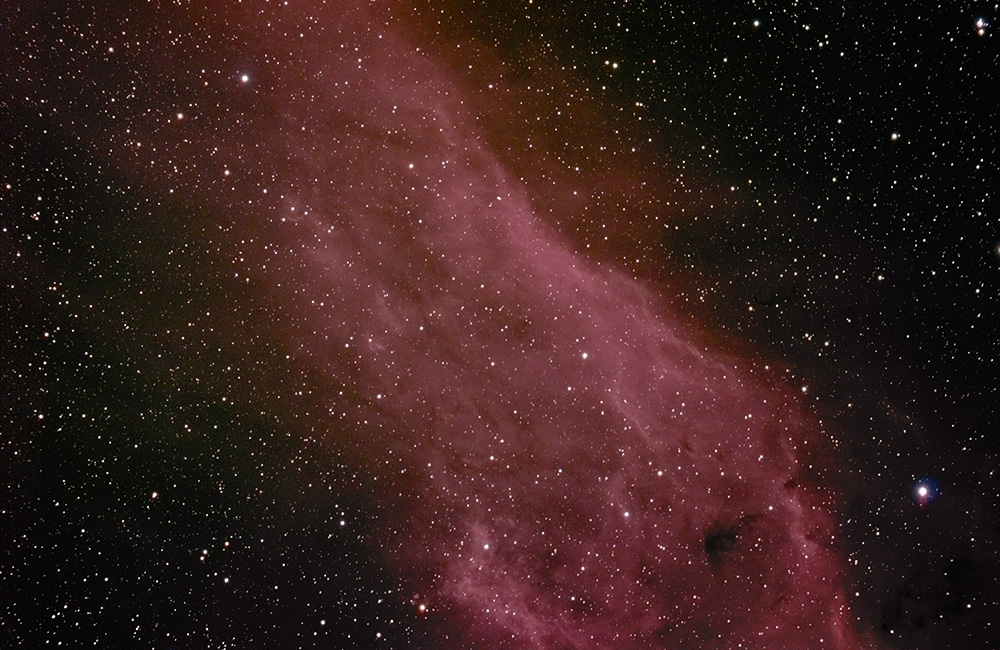

quipements: Lunette Orion 110mm, CGEM DX, CANON T2I. To get the same amount of dither that you were seeing with the guide scope you’ll need to increase your dither amount. St-Jean Chrysostome (Aroport) 20 x 5 minutes 1600 iso, Dithering. Now I don’t know the actual focal length of your guider…but if we assume it’s the ever popular ST80 (at 400mm focal length) then moving the guide cam to an OAG would effectively be cutting your sampling size in half. So if you keep the Medium dither setting then you’ll be dithering 5 pixels on your guider and 5 pixels on your imager…so half the amount. Focal length is the same and the guider pixel equals the imager pixel. Now let’s move your guider onto the same scope as your imager with an OAG. That moves the guider 5 pixels and your imager 10 pixels. Now you tell PHD to dither at a Medium rate (and for argument sake we’ll assume this is 5 pixels, I can’t recall the actual amount…). Canon cameras tend to have very bad banding issues, along with color noise. It is based on a modular extensible framework to perform common astrophotography tasks. Many sensors produce fixed pattern noise, which can include hot pixels, banding, color mottle, and purple glow. Ekos is an advanced cross-platform (Windows, OSX, Linux) observatory control and automation tool with particular focus on Astrophotography. 1 pixel distance on your guider is 2 pixel distance on your imager. Dithering is a special process that should allow you to fix some annoying problems in your astro images.

So if you increase your guider focal length but do not increase the dither amount then you will effectively be dithering fewer pixels on your main scope.įor instance let’s say that the focal length of your main Scope is 1000mm and your guider was 500mm…and for simplicity let’s assume that their pixels are the same size. The dither amount (Small, Medium, Large, etc) tells PHD to move a certain amount of pixels. Your guilder sampling has likely changed dramatically unless you were using a fairly long guide scope.


 0 kommentar(er)
0 kommentar(er)
